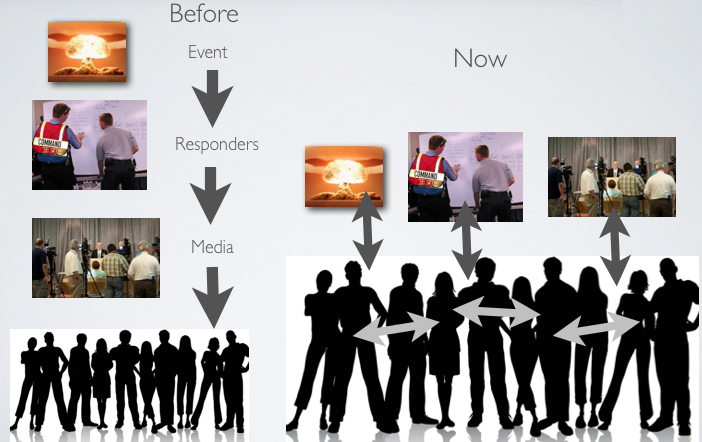A friend asked around for a simple usability rating scale for use by seafarers. We recommended John Brooke's
Simple Usability Scale based on fond memories and its reputation. Fail. Didn't measure utility (e.g. the radar is easy to use but it has awful performance). Oops, sorry. This failure spurred me to develop rating scales for effectiveness, efficiency, safety and satisfaction for Quality In Use (
QIUSS pdf). I realised that this does not include any consideration of value for money, however.
[For reference:
Usability is the extent to which a system, product or service can be used by the target population to achieve specified goals with effectiveness, efficiency and satisfaction in a specified context.
Quality In Use is defined as: The degree to which a product used by specific users meets their needs to achieve specific goals with effectiveness, efficiency, safety and satisfaction in specific contexts of use.]
I found a very interesting set of exchanges between
Graham Hill and
Irene Ng on twitter. They were discussing value in a way that seemed relevant to HCD, so I butted in to see what I could learn. This post is where I have got to, in the hope of feedback to help me along.
I treat economics with the same suspicion as a Nigerian heiress. Systems economics ('The Origin of Wealth' by Eric D. Beinhocker) links value to entropy, which is a bit too grand for me. I struggled to find a useful connection with value-in-use or exchange value. As so often, the
Austrian School came to my rescue with some clarity.
"Man chooses to use scarce means for various alternative ends. The ends that he chooses are the ones he values most highly, less urgent wants remain unsatisfied. The ends can be ranked on a scale of values, or scale of preferences. These scales differ for each person, both in their content and in their orders of preference; and they differ for the same individual at different times."
However, there are marketing phrases such as low-value customer, where the value is that to the supplier rather than the customer, so I am sure I 'm not there yet.
To summarize, usability or Quality In Use relate to the achievement of a worthwhile goal by a user (or customer) with an emphasis on the
achievement. Value places the emphasis on the
worthwhile as observed (rather than reported) - how much is achieving this goal worth in terms of time, effort, goats and blankets, or risk to self. Much of value seems to be the same as a usability goal in ISO 9241-speak.
For UX, HCD people and marketing, investment people to play nicely together, usability, utility and value need to be understood by all. Preferably we should be able to translate between them so far as can be done.
Is this right?
Update: Wim Rampen has started a three-part series on the future of marketing, including Service Dominant Logic and its approach to value-in-use, which argues that "value is created when a customer consumes or uses a product or service. Value therefore is not something you add in the process of manufacturing, nor is value something that is released when a product or service is sold.
Update: Don Norman has talked about the link: “’No, no, no!’” He added, lightly mocking product designers and usability experts everywhere. “’We don’t do that evil advertising stuff. We’re not doing evil marketing. We’re simply finding what people really want, and we’re providing it for them.’ Every six months, though, we provide new wants. Come on, what’s the distinction between that and what marketing does and what advertisers do?”


























